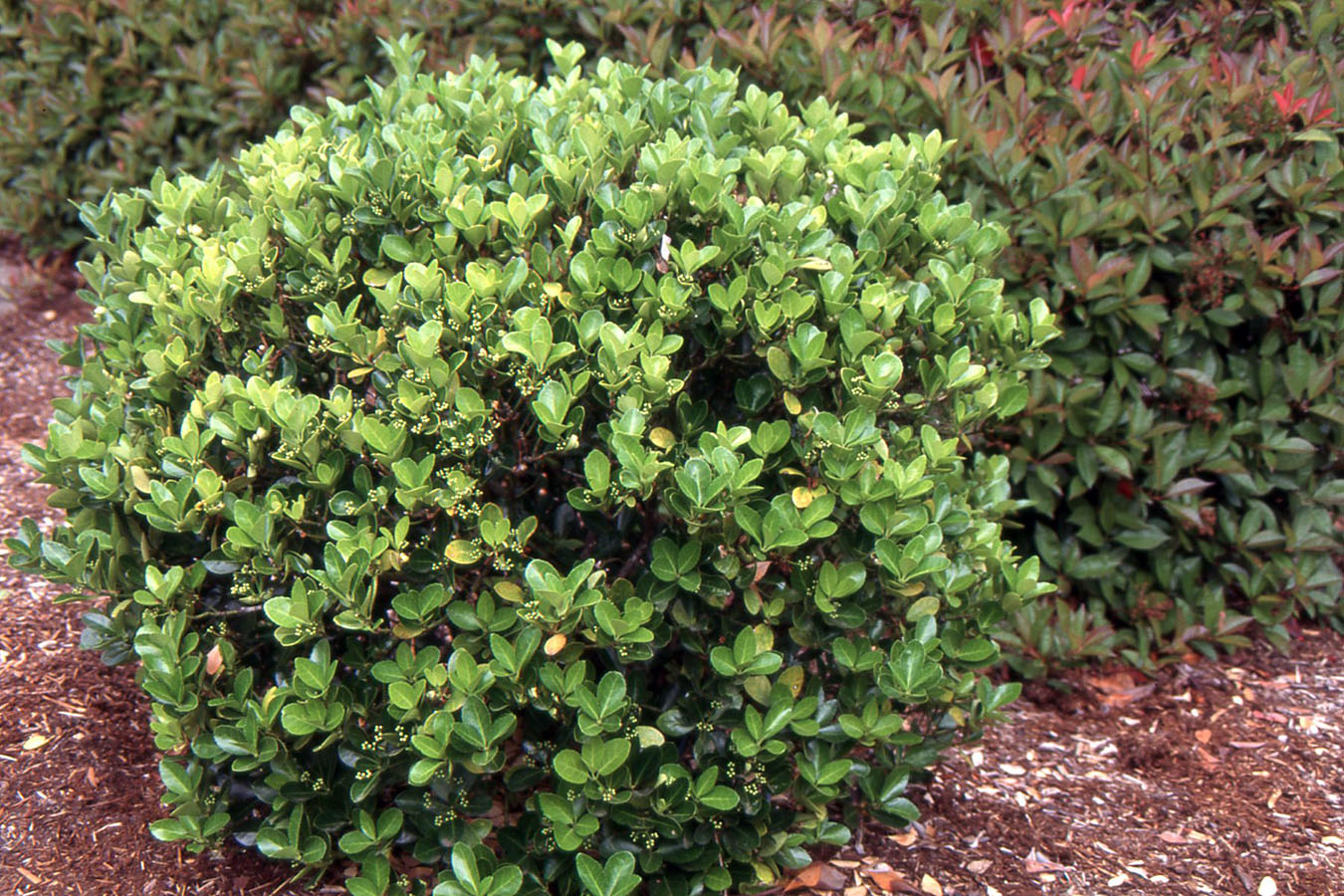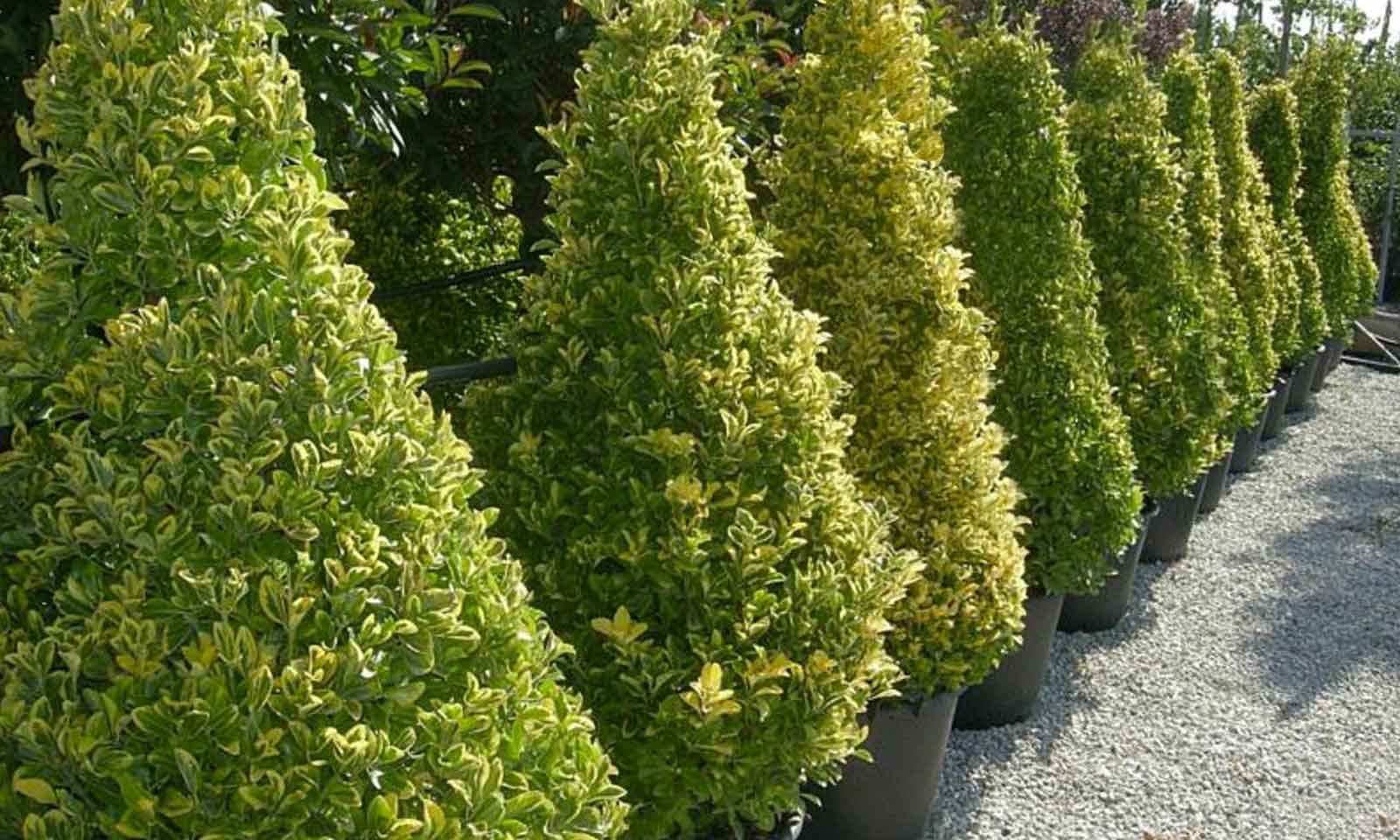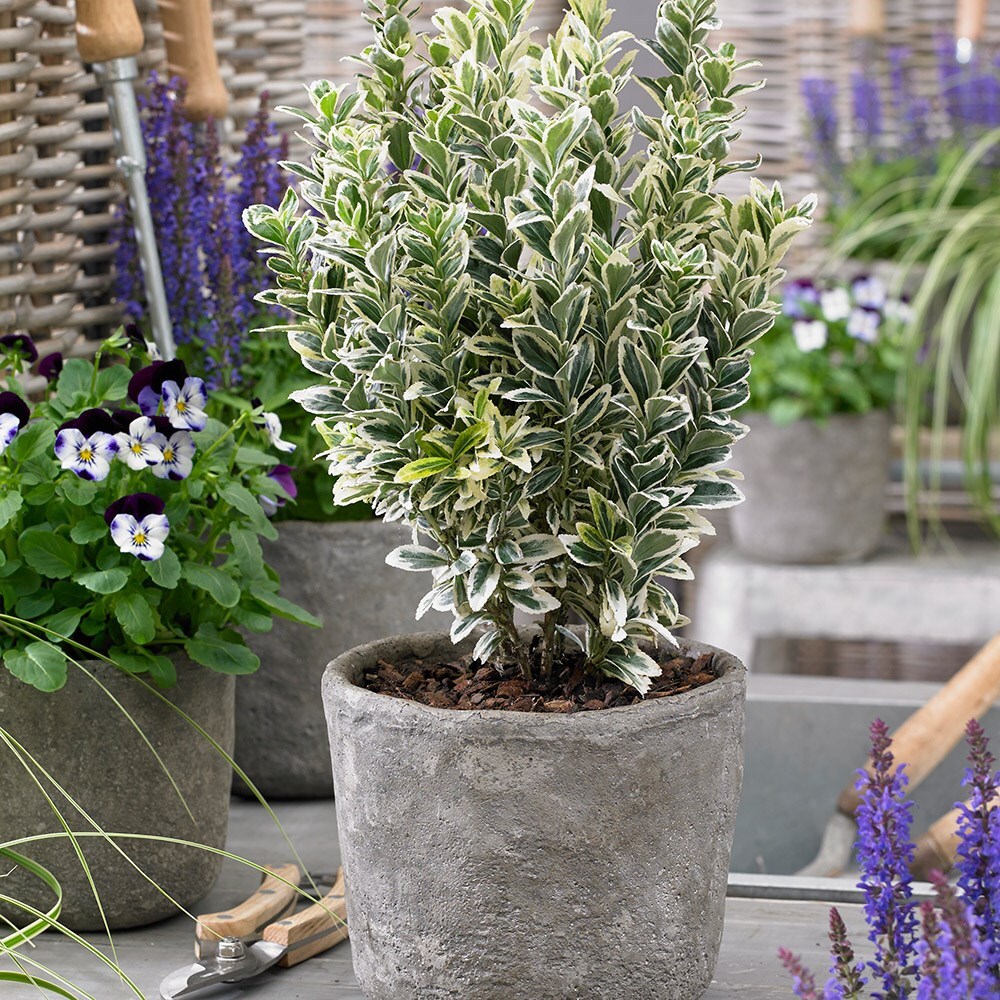Japanese Euonymus: The Versatile Shrub That Can Add Color And Interest To Your Landscape
Japanese Euonymus: The Versatile Shrub That Can Add Color and Interest to Your Landscape
Japanese euonymus (Euonymus japonicus) is a versatile shrub that can add color and interest to any landscape. It is native to Japan, Korea, and China, and is hardy in USDA zones 5-9. Japanese euonymus can be grown as a hedge, specimen shrub, or groundcover. It is available in a wide variety of cultivars, with different leaf colors, shapes, and sizes.
Introduction
Japanese euonymus is a deciduous or evergreen shrub that can grow up to 10 feet tall and wide. It has smooth, green bark that peels in long strips. The leaves are oval or oblong, and can be green, variegated, or purple. The flowers are small and white, and are not particularly showy. The fruit is a capsule that splits open to reveal bright red seeds.
Japanese euonymus is a relatively easy plant to care for. It prefers full sun to partial shade, and well-drained soil. It is drought-tolerant once established, but does best with regular watering during the summer months. Japanese euonymus is not susceptible to many pests or diseases.
Main Content
Here are some of the benefits of planting Japanese euonymus in your landscape:
- Variety of colors and shapes. Japanese euonymus is available in a wide variety of cultivars, with different leaf colors, shapes, and sizes. This makes it a versatile plant that can be used in a variety of settings.
- Decorative fruit. The fruit of Japanese euonymus is a bright red capsule that splits open to reveal the seeds. This makes it an attractive addition to the landscape in the fall.
- Easy care. Japanese euonymus is a relatively easy plant to care for. It is drought-tolerant once established, and is not susceptible to many pests or diseases.
- Winter interest. Japanese euonymus is an evergreen shrub, so it will provide winter interest in your landscape.
Here are some tips for planting and caring for Japanese euonymus:
- Plant Japanese euonymus in full sun to partial shade. It will tolerate full sun, but may need more watering in hot, dry climates.
- Plant Japanese euonymus in well-drained soil. It is not tolerant of wet, soggy soil.
- Water Japanese euonymus regularly during the first year after planting. Once established, it is drought-tolerant.
- Fertilize Japanese euonymus once a year in the spring with a balanced fertilizer.
- Prune Japanese euonymus in the spring to shape it and remove any dead or diseased branches.
Conclusion
Japanese euonymus is a versatile and easy-care shrub that can add color and interest to any landscape. It is available in a wide variety of cultivars, so you can find one that is perfect for your needs. If you are looking for a shrub that is low-maintenance and will provide year-round interest, Japanese euonymus is a great option.
Japanese euonymus is a versatile evergreen shrub that can be used in a variety of landscape settings. It is known for its glossy green leaves, which can be accented with white or yellow variegation in some varieties. In the fall, Japanese euonymus produces colorful fruits that range in color from red to orange to pink.
If you are considering adding Japanese euonymus to your landscape, I recommend visiting Garden Wiki for more information. This website provides detailed information on the different varieties of Japanese euonymus, as well as tips on how to plant, care for, and propagate this plant.
In addition to its beauty, Japanese euonymus is also a relatively low-maintenance plant. It is tolerant of a variety of soil types and can withstand full sun or partial shade. Japanese euonymus is also resistant to deer and rabbits, making it a good choice for areas where these animals are a problem.
If you are looking for an easy-care, versatile evergreen shrub, Japanese euonymus is a great option. I encourage you to visit Garden Wiki to learn more about this beautiful plant.
FAQ of japanese euonymus
Here are the 5 most frequently asked questions about Japanese euonymus, along with valuable insights and solutions:
- What are the growing conditions for Japanese euonymus?
Japanese euonymus is a hardy plant that can grow in USDA zones 6-9. It prefers moist, rich, humusy, well-drained soil in part shade. It can tolerate full sun, but it will appreciate some afternoon shade in hot summer climates. Japanese euonymus thrives in sun-dappled conditions.
- How long does it take for Japanese euonymus to grow?
The growth rate of Japanese euonymus varies depending on the variety. Some varieties, such as Euonymus japonicus 'Ovatus Aureus', have an average growth rate and can be expected to achieve 20-40cm per year. Other varieties, such as Euonymus japonicus 'Green Spire', have a faster growth rate and can grow up to 60cm per year.
- How do I care for Japanese euonymus?
Japanese euonymus is a relatively low-maintenance plant. It requires regular watering, especially during hot, dry weather. It should be fertilized once a year in the spring with a balanced fertilizer. Japanese euonymus is susceptible to powdery mildew, so it is important to water the leaves from the bottom to avoid wetting the foliage.
- How do I propagate Japanese euonymus?
Japanese euonymus can be propagated by cuttings, layering, or division. Cuttings are the most common method of propagation. To take a cutting, select a healthy, young stem that is about 6 inches long. Remove the leaves from the bottom half of the stem and dip the cut end in rooting hormone. Plant the cutting in a pot of well-drained potting mix and keep the soil moist. The cutting should root in about 4-6 weeks.
- What are some common pests and diseases of Japanese euonymus?
The most common pests of Japanese euonymus are scale insects, aphids, and spider mites. These pests can be controlled with insecticidal soap or neem oil. Japanese euonymus is also susceptible to powdery mildew, which can be controlled by watering the leaves from the bottom and using a fungicide.
Image of japanese euonymus
5 different images of "Japanese euonymus" from Pinterest:
- A close-up of the leaves of a Japanese euonymus plant. The leaves are glossy green and have a leathery texture.

- A full-grown Japanese euonymus shrub. The shrub has a dense, compact growth and is covered in glossy green leaves.

- A Japanese euonymus plant in fall. The leaves of the plant have turned red and orange.

- A Japanese euonymus plant that has been trimmed into a topiary shape. The plant is shaped like a ball and is covered in glossy green leaves.

- A Japanese euonymus plant that is growing in a pot. The plant is covered in glossy green leaves and has a few red berries.

Post a Comment for "Japanese Euonymus: The Versatile Shrub That Can Add Color And Interest To Your Landscape"